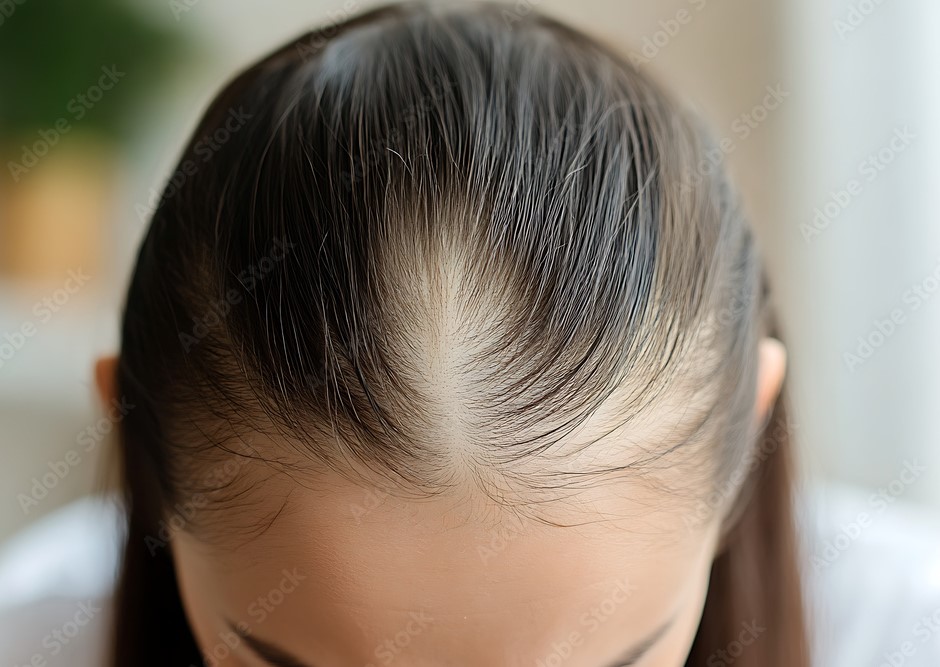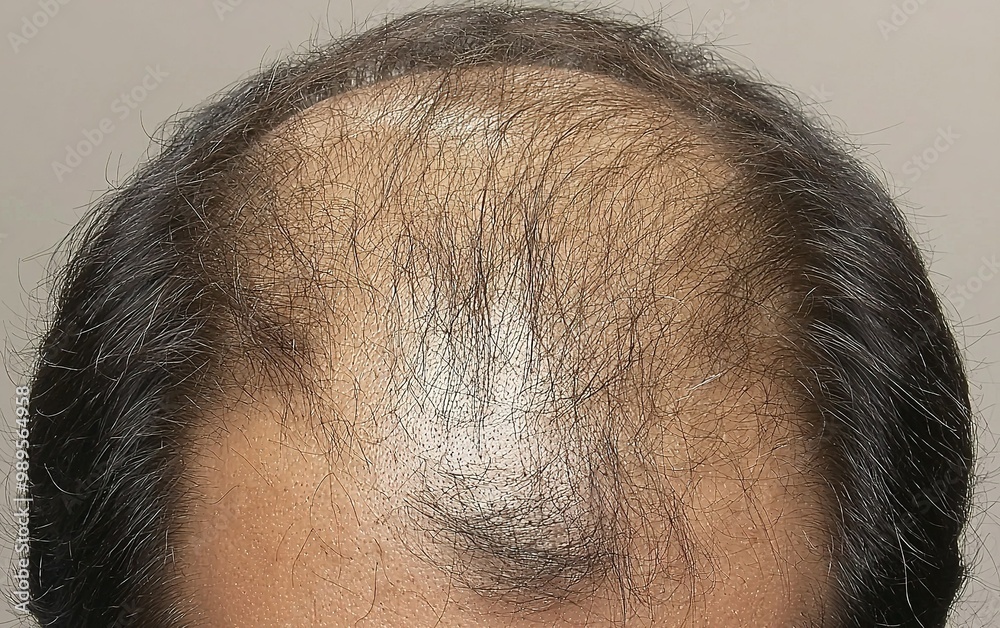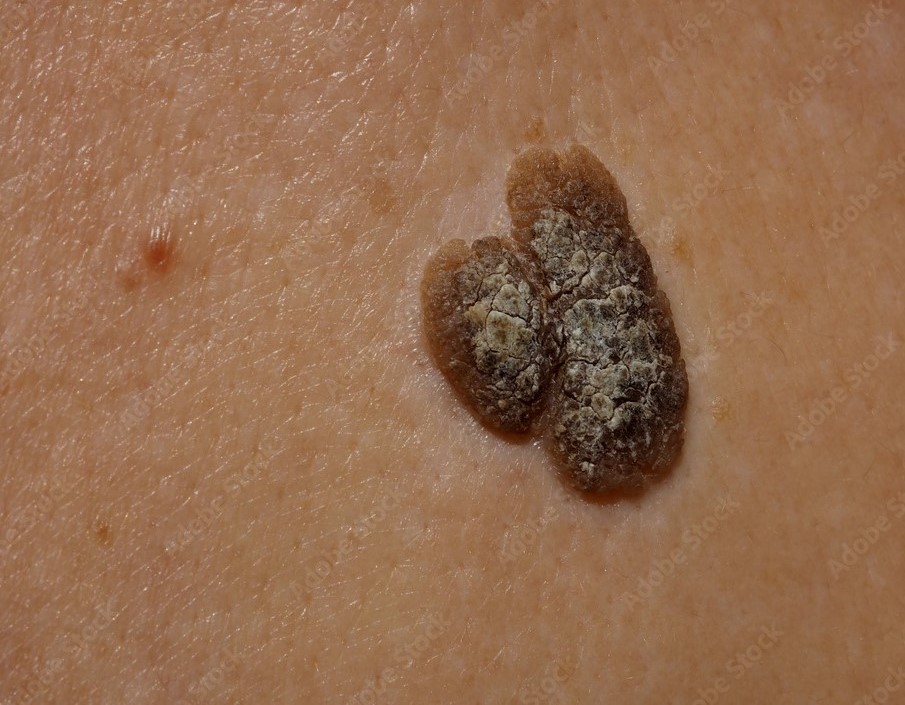We specialise in skin tag and wart removal, and personalised treatments for hair loss.
Suffering with hair loss or the appearance of skin blemishes can sometimes make us feel self conscious or affect our self esteem. Unfortunately these treatments are not generally available on the NHS. Our new dermatology service offers you the personalised care you need at an affordable price.
We offer several packages to treat hair loss, including face-to-face appointments with our experienced team to provide both reassurance and personalised care.
Our expert team will assess your skin concerns and discuss what treatment would be most beneficial for you.
Dr Monica Uppal is one of Locala’s leading dermatology specialists and brings a vast wealth of experience and interest. She leads on our new dermatology service having worked at Locala for nearly a decade and brings a lifetime of knowledge to the role.
Dr Uppal completed her training as a dermatologist in India, obtaining a diploma in the field and DNB Dermatology from one of the leading dermatology centres in Coimbatore, India. She has also studied for a diploma in Dermatology from the University of Glasgow.
She is a GP whose role involves examining patients, diagnosing skin related issues, and carrying out minor skin procedures. She has a personal interest in minor surgery for skin lesions and hair-related problems.
Outside of work, Dr Uppal is a keen gardening enthusiast and enjoys yoga.
Registered Office:
Locala Community Partnerships CIC
Eddercliffe Health Centre,
Bradford Road,
Liversedge,
WF15 6LP
Registered in England and Wales Company no. 07584906
© Locala Community Partnerships CIC


Pattern hair loss is the most common cause for hair loss in both men and women. It is also called androgenetic alopecia. There is a genetic predisposition for this condition but the progression of hair loss is not always predictable. It leads to gradual thinning the hair, which can cause psychological distress.
In men it presents as temporal hair recession, progressing to the top of head and culminating in baldness.
In women, often hair thinning and loss is noticeable on the top of the scalp, however complete baldness does not usually happen.
Other causes of hair loss may include infections, inflammation, autoimmune disorders, vitamin or iron deficiency or illness.
We recommend you have a clinical consultation with one of our specialists to assess your type of hair loss.
Treatments for hair loss
Most effective treatment will depend on assessing its underlying cause.
A change in lifestyle such as healthy nutrients in diet, reducing stress, cutting down alcohol and quitting smoking can help many cases of hair loss. In other instances, medical or surgical treatments may be appropriate.
Drugs that are known to help in hair loss, such as Minoxidil lotion, are available over the counter. Oral medications need a prescription for Minoxidil tablets, Finasteride or Dutasteride tablets. Medications can take up to six months to stabilise hair loss and the best benefit is seen within 12 months. If it’s beneficial, you may need to continue your medication long term to maintain the benefit.
Oral tablets for hair loss are not prescribed on the NHS. They have shown effectiveness but not all are licensed. Therefore, the treatment needs to be personalised for safety and efficacy.
We will assess your hair loss and provide personal advice regarding the most suitable option for you.


Skin tags are usually the same colour as the rest of your skin, or a little darker and can look like they’re hanging off the skin. They do not usually hurt and are normally harmless. However, they can sometimes be unsightly or can cause discomfort by catching on your clothing.
Appearance
Skin tags are usually less than 1 cm in size. They are made of collagen and blood vessels surrounded by skin. They can be darker and sometimes resemble a mole or wart. They can become pink or red when irritated.
Location
Skin tags usually grow in the folds of the skin, where your skin rubs together. They are commonly found in the armpits, groin, anus, thighs, eyelids, neck, or under the breasts.
Causes
The exact cause of skin tags is unknown, but there are likely to be both lifestyle and genetic causes. Possible causes include frequent skin irritation, insulin resistance, pregnancy or hormone fluctuations during menopause.


Seborrhoeic keratoses
These are also known as seborrheic warts and are lumpy growths on the skin caused by an excess build-up of skin cells. They are frequently found on face or trunk and usually appear after the age of 30. They can run in families but are not infectious. Seborrhoeic warts are harmless but can itch and may look unsightly.
Filiform warts
These are narrow projections that extend about 1 to 2 millimetres above the skin. They can be yellow, brown, pink or skin toned. They can look like tags and tend to form around the eyelids and lips and are also known as facial warts. Filiform warts are caused by human papillomavirus (HPV) and are infectious so can spread. They can often look unsightly.
Treatment
We offer safe and effective treatments for both types of warts. Our dermatology specialist will assess your skin lumps, general health, medication and allergies in your first consultation. They will use a ‘dermatoscope’ to assess the lumps which will determine if the lumps are benign. They will discuss with you the most effective treatment and address any concerns or questions.